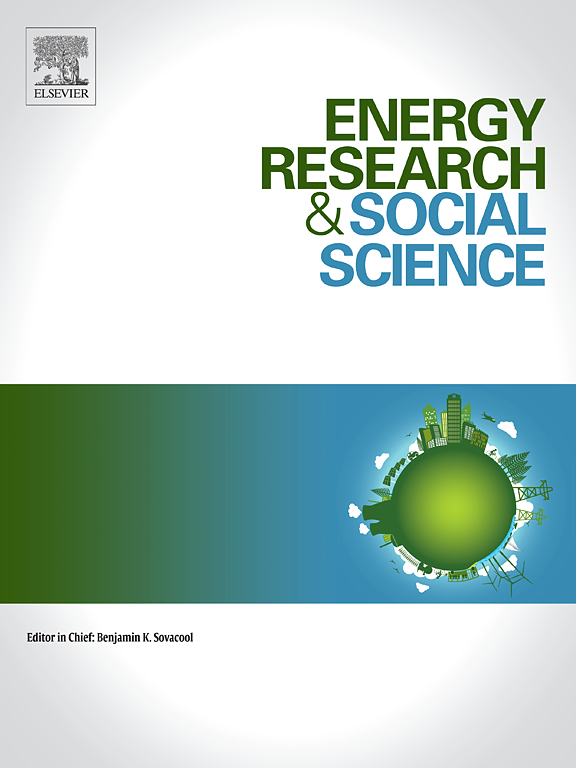绘制绿色社区:衡量日本基层环境组织的资源
IF 7.4
2区 经济学
Q1 ENVIRONMENTAL STUDIES
引用次数: 0
摘要
按人均计算,哪些社区拥有能源、环境和气候政策行动主义的最多草根资源?本文研究了最近开发的一种数据资源,测量了过去二十年来日本每个城市环境组织的比率。这些数据在2021年首次针对环境组织的先前措施进行了验证(Fraser和Temocin, 2021)。本文通过展示最佳使用案例,为寻求了解其所在城市环境组织状况的学者和活动家开辟了新的领域。我们在数据驱动的案例研究中,使用时间和区域描述性统计分析对日本环境动员的两种理论进行了测试,这些案例来自2005-2016年测量的1741个城市的人口。我们发现(H1)环境非政府组织的比率随着时间的推移而增加,特别是在福岛之后,(H2)环境非政府组织的比率在拥有核电站的社区比附近的城市更高,这与过去的文献相反。本研究旨在鼓励一波评估城市基层和专业化环境组织水平的新研究,以支持未来的学者测试环境治理结果的驱动因素。本文章由计算机程序翻译,如有差异,请以英文原文为准。
Mapping green communities: Resources for measuring grassroots environmental organizing in Japan
Which communities host the most grassroots resources for activism on energy, environment, and climate policy, per capita? This article investigates a recently developed data resource, measuring rates of environmental organizations in every Japanese city over the last two decades. These data were first validated in 2021 against prior measures of environmental organizing (Fraser and Temocin, 2021). This paper clears new ground by demonstrating best-use cases for scholars and activists seeking to understand the state of environmental organizing in their city. We test two theories of environmental mobilization in Japan using temporal and regional descriptive statistical analyses in data-driven case studies, drawn from a population of 1741 municipalities measured from 2005–2016 We find evidence that (H1) rates of environmental NGOs increased over time, especially after Fukushima, and that (H2) environmental NGO rates were greater in communities hosting nuclear power plants than nearby cities, contrary to past literature. This study aims to encourage a wave of new research evaluating levels of grassroots and professionalized environmental organizing in cities, to support future scholars testing the drivers of environmental governance outcomes.
求助全文
通过发布文献求助,成功后即可免费获取论文全文。
去求助
来源期刊

Energy Research & Social Science
ENVIRONMENTAL STUDIES-
CiteScore
14.00
自引率
16.40%
发文量
441
审稿时长
55 days
期刊介绍:
Energy Research & Social Science (ERSS) is a peer-reviewed international journal that publishes original research and review articles examining the relationship between energy systems and society. ERSS covers a range of topics revolving around the intersection of energy technologies, fuels, and resources on one side and social processes and influences - including communities of energy users, people affected by energy production, social institutions, customs, traditions, behaviors, and policies - on the other. Put another way, ERSS investigates the social system surrounding energy technology and hardware. ERSS is relevant for energy practitioners, researchers interested in the social aspects of energy production or use, and policymakers.
Energy Research & Social Science (ERSS) provides an interdisciplinary forum to discuss how social and technical issues related to energy production and consumption interact. Energy production, distribution, and consumption all have both technical and human components, and the latter involves the human causes and consequences of energy-related activities and processes as well as social structures that shape how people interact with energy systems. Energy analysis, therefore, needs to look beyond the dimensions of technology and economics to include these social and human elements.
 求助内容:
求助内容: 应助结果提醒方式:
应助结果提醒方式:


